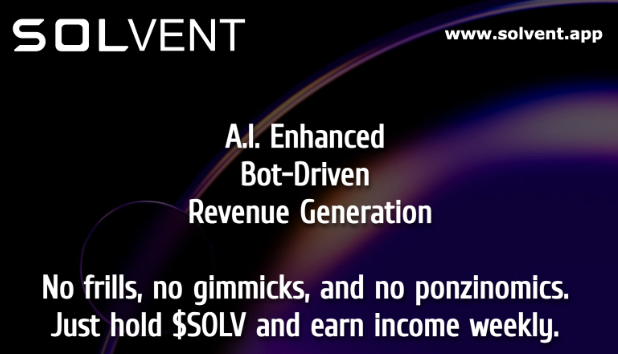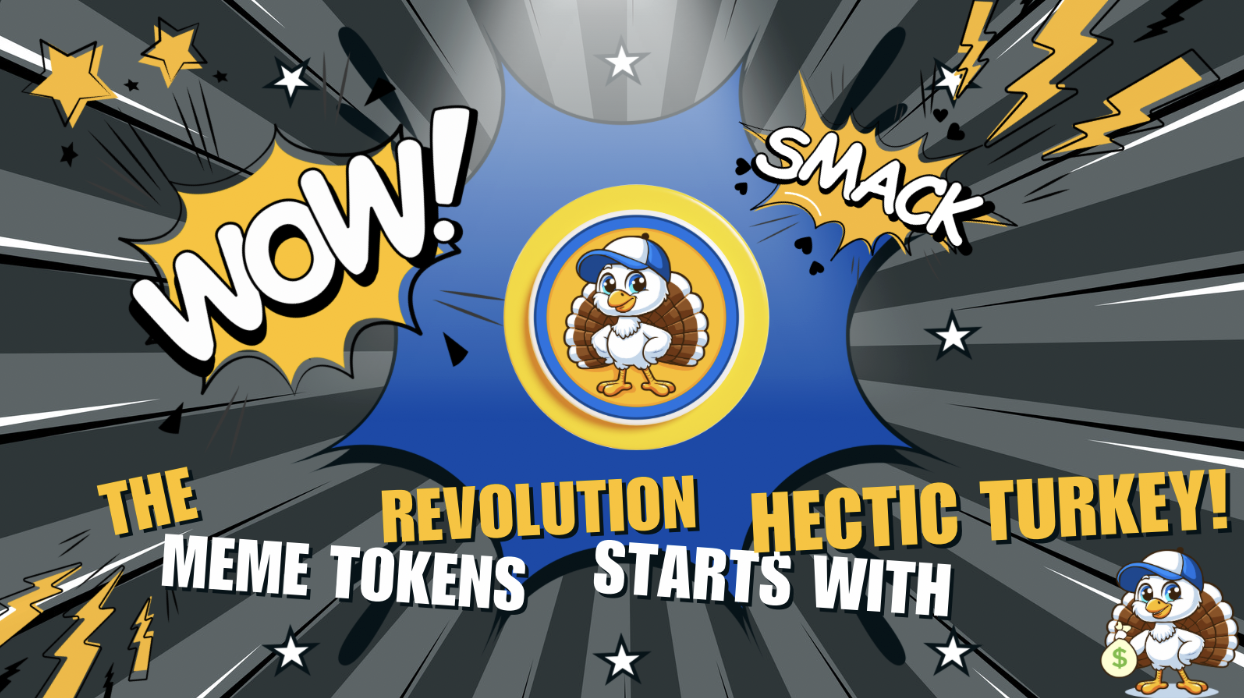
Save History builds a decentralized media outlet driven by【SHT】 token
- Antonio Anderson
- December 20, 2021
- Bitcoin, Blockchain, Crypto
- 0 Comments
Since the dawn of the industrial revolution, every business has been founded on a solution to a specified problem. All of these organizations used a similar, nearly identical structure to achieve their solution, namely a centralized, single chain system where everything is managed by a single person or a group of members. Given the period and conditions of that generation, this was an effective strategy. This was due to the fact that these businesses provided jobs and paid salaries, resulting in a significant boost in the economy. Considering that there was no internet and technology had not progressed, the idea of decentralization was never considered.
The decentralized vs. centralized debate is common in the blockchain realm. After all, blockchain technology has the potential to eliminate centralized processes. In any case, if you’re new to blockchain technology, you could be confused by the concepts of centralization and decentralization.
In this article, we will look at the impact of decentralization in the media and what the future of the industry looks like. Before that, let us look at the differences between centralization and decentralization.
Centralization refers to an environment where the data and functionality of a platform are controlled by a central authority. If use the Facebook (or as it is called now, Meta) platform as an example, the corporation has complete control over all parts of the platform’s functions. They also have the capacity to select who may and may not use it. From a technical standpoint, the centralized system necessitates the use of third-party intermediaries to verify data. This means that if you use the platform to send a message to a friend, the data will be verified and then transferred by the platform.
On the other hand, the shift of control and decision-making from a centralized entity (person, organization, or group) to a dispersed network is referred to as decentralization in the blockchain. Decentralized networks aim to limit the amount of trust that participants must place in one another and to prevent them from exerting power or control over one another in ways that harm the network’s performance.
Of course, there are benefits to both, otherwise there wouldn’t even be a discussion of which is better. Let’s take a look at the benefits of both.
First of all, in centralization, there is a clearly defined command chain. If a company uses centralization, they are aware of the chain of command. This means that everyone in the organization understands their responsibilities and who they must report to. They also know who is under their command and are accountable for the actions of their subordinates. One of the most significant benefits of centralization is the cost savings. Any network or infrastructure that is centralized demands less maintenance and costs. Since the costs of centralized organizations or networks are pre-planned, they do not exceed budgets unless it is absolutely necessary to expand the network. Third, there is no doubt that centralized organizations or networks facilitate the implementation of swift decisions. Since centralized networks include fewer nodes or individuals, communicating between different levels of authorization is easier. In addition, if a centralized network decides to make a modification, it may be done in seconds. For example, a centralized network may place greater emphasis on the KYC procedure, leading to the implementation of additional requirements. They can push new guidelines or adjust the KYC method because the network is centralized, and they may go live nearly immediately after adequate testing.
What are the benefits of decentralization? First of all, no one needs to know or trust anyone else in a decentralized blockchain network. In a distributed ledger, each member of the network owns a copy of the exact same data. If a member’s ledger is tampered with or corrupted in any manner, the majority of the network’s members will reject it. Moreover, there is improved data reconciliation. Companies frequently share information with their partners. This data is then modified and stored in each party’s data silos, only to be resurfaced when it’s time to transfer it downstream. Each time data is transformed, the possibility of data loss or inaccurate data entering the workstream increases. Every entity gets access to a real-time, shared view of the data thanks to a decentralized data storage. Decentralization also reduces points of weakness, so it can help to mitigate sources of weakness in systems when single actors are overly reliant. Systemic failures could result from these flaws, such as inability to provide promised services or inefficient services due to resource exhaustion, recurrent outages, bottlenecks, a lack of appropriate incentives for effective service, or corruption. Last but not least, decentralization can also aid in resource distribution optimization. This ensures that promised services are delivered with improved performance and consistency, as well as a lower risk of catastrophic failure.
When it comes to the art and media industry, there has also been quite a significant shift from centralization to decentralization. Which people are given the opportunity to develop their talents, allowing their creativity to thrive and go down in history has always been determined by centralized power. Art, on the other hand, is now in the hands of the people. Technological breakthroughs in entertainment and media have lowered the hurdles of entry and put worldwide exposure at the fingertips of everyone. As a result, the number of ways in which artists and innovators can express themselves has skyrocketed.
Today, you can discover a lot of art on Netflix, TikTok, Instagram, YouTube, Spotify, or Disney+. Sure, it’s not art in the traditional sense. In the traditional sense, art comes in the form of painting, dance, and music. However, art in the modern world includes memes (yep, memes), influencer content, and short- and long-form video. These new age forms of art will serve as a method to comprehend how digital culture directly affects our capacity to learn, create, and communicate with one another as we look back on this period of time.
Decentralization, or the movement of power from a few powerful entities to artists and niche platforms, is still in its early stages. The first wave of decentralization in entertainment production and distribution has already occurred. TV and film studios and record labels are no longer the sole gatekeepers for entertainment production, and major networks and music stores are no longer the sole gatekeepers for distribution. The next wave will use AI and machine learning, as well as niche genre-specific platforms, to further break down the barriers between content creation and consumption. Moreover, the technology that underpins discovery will decide the success of the art created in these times. The future of art appears very different today than it did ten, or even one hundred, years ago. There’s more opportunity for creativity, more possibilities to profit from it, and more ways for people all over the world to engage and evolve culture together.
In an effort to embrace decentralization, while also understanding the impact and importance of history, Save History created their Save History Token【SHT】utility token for their ecosystem. It is the world’s first Blockchain created to store the past and use data in the future. The token is required to pay for decentralized media services, to run its own blockchain, to pay for news subscriptions, release NFT books, acquire library access, and use bottled mail or Notary Public services. The driver of token price growth is the increase in audience and services in the ecosystem.
Since there are billions of pieces of content created around the world constantly, it is becoming increasingly difficult to know where the source is, what information reflects the reality of what is actually going on, who creates news and who creates propaganda. The SHT token is the first project that keeps that in mind and created for future generations that helps to distinguish between different sources of information and saves significant data for use in the future. The project creates a new history vector called an exceptional truth.
The Save History project has successfully passed the KYC verification process as well as their smart contract audit.
For more information on the Save History ecosystem, click here.





